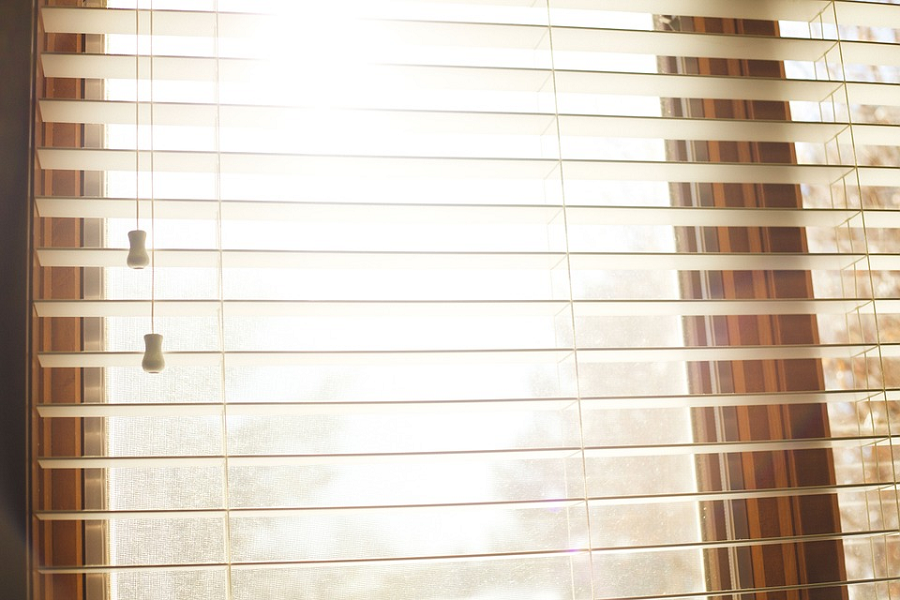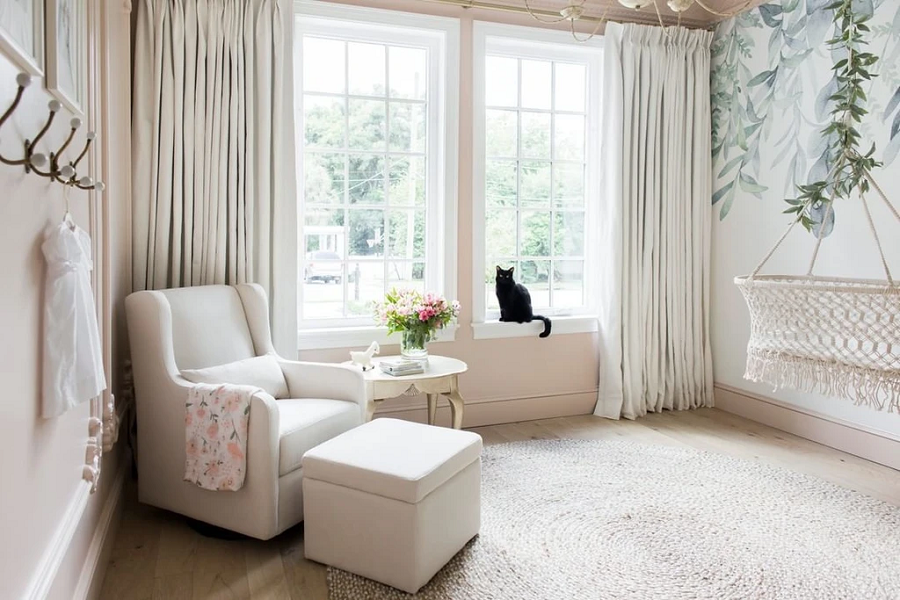7 Different Types of Window Treatments

Window treatments refer to the different types of functional or aesthetical additions that one uses around their windows.
An example that you would be more familiar with would be curtains, but there are many more types of window treatments than just that.
Places like Pazazz, for example, provide a wide range of window treatments from which to choose.
Below we discuss several types of window treatments that are available in the market.
Wooden Blinds
Wooden blinds are one of the classic choices for people who love the rustic look. Wooden blinds blend in nicely if you happen to have wooden flooring or wall panels as well.
You can choose from different types of wood grains and stains to match the aesthetics of the surrounding space around your window.
While wooden blinds are much more durable than other forms of window treatments, they also come at a higher cost – just as expected from wooden products.
Faux Wood Blinds
Not a fan of the heavy, wooden blinds? Try faux wood blinds instead. As the name suggests, these blinds mimic the appearance of actual wooden blinds, although they are typically made using PVC, vinyl, or composite wood.
Faux wood is moisture-resistant, so you will not need to worry about wood degradation or moisture seeping into them to form fungus.
As such, you can install these blinds in areas where you can expect more exposure to water, such as the kitchen or the washroom.
These blinds may not be the best choices if you have cats around the house due to their lightweight properties.
Curtains
Well, we are not excluding the most mainstream type of window treatment in this article. If you are looking to browse for designs that you like, curtains are your go-to product.
Since curtains come in different fabric types and quality, you are more likely to find something you like that also fits your budget at the same time.
Better yet, curtains can reduce the noise levels in your room, making them suitable additions for your home office or study space. However, they can be a hassle to install on your own.
Drapes
Consider drapes as a heavier, more decorative version of curtains. They are usually thicker and longer and may hang to the floors rather than to the lower windows.
Drapes are incredible for noise-reduction and can make any space appear more elegant.
However, as with most other types of fabric, they tend to trap dust within the folds. You will also need a larger washing machine to wash the drapes by yourself.
Treated Glass
You do not necessarily need to drape something over your windows. You can, however, treat the windows themselves by installing frosted glass and window films.
The maintenance for this type of window treatment is probably among the lowest since it requires a one-time installation and only regular dusting afterward.
As the treatment description suggests, treatment glass is not optimal for households looking for privacy.
Window films and frosted glass are not exactly 100{6005fe00238ed0ec29dcf4f9ca8b03a9042cdf9ccd9cfcf46fbf772e3d1d5bdd} opaque, so people could still see in from the outside.

Window Shutters
Window shutters are typically installed outside the windows. Once you shut the windows, you are pretty much blocking most sunlight from your home, which is excellent for buildings facing the sunrise or sunset if the natural light flow is getting too much.
It is best to choose other types of window treatments in certain areas of the house where you want to encourage natural light flow.
While the wooden material can guarantee a longer lifespan, you will still need to coat it with paint and touch-up routinely to ensure that your shutters are not prone to weather damage.
Valances
Valances are small, decorative curtains that are often placed just at the windows’ top and draping barely one-third down the entire window.
Sometimes, valances are added on top of curtains to give otherwise-bland designs an aesthetic touch.
Pick the type of valances that would work with your current set of curtains, drapes, or anything else you have over the windows.
It is important to note that you can expect that valances do little for your privacy and should be used only for aesthetic reasons.




